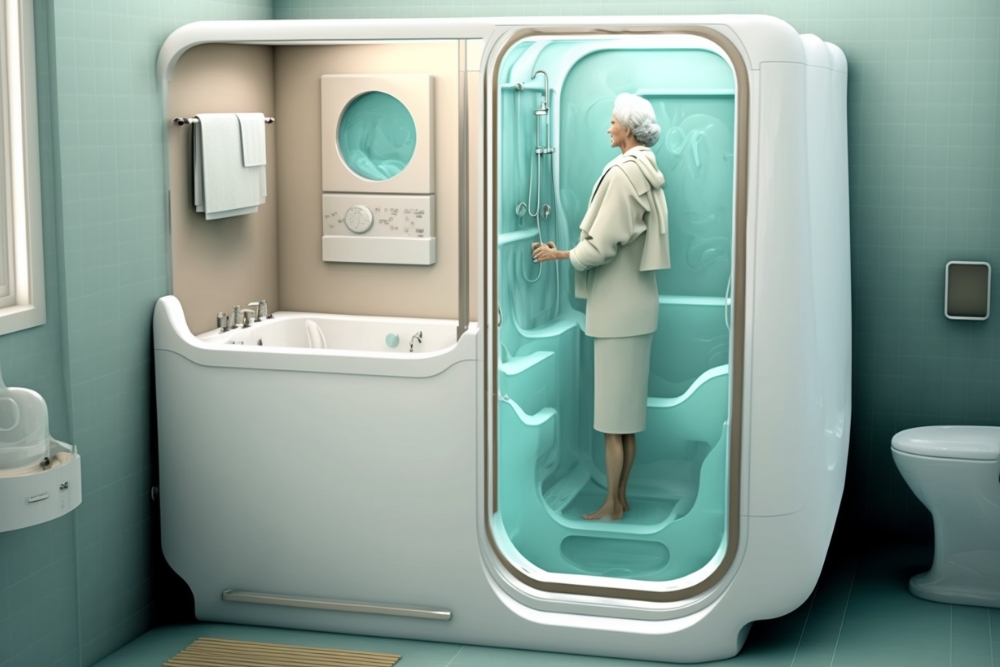Granny pod layout and living guide
Granny pods represent an innovative housing solution that allows families to keep elderly relatives close while maintaining independence for all parties involved. These compact, self-contained units typically range from 300 to 1,200 square feet and can be installed in backyards or adjacent to main homes. Understanding the various layout options, design considerations, and living arrangements helps families make informed decisions about this increasingly popular alternative to traditional senior care facilities.

Discover compact granny pod layouts for modern families
Granny pods come in several standard layouts designed to maximize functionality within limited square footage. The studio layout combines living, sleeping, and kitchen areas in one open space, typically ranging from 300 to 500 square feet. This design works well for seniors who prefer minimal maintenance and easy navigation.
One-bedroom layouts separate sleeping areas from living spaces, usually spanning 400 to 800 square feet. These designs often include a small living room, kitchenette, bedroom, and full bathroom. The additional privacy makes this option popular among seniors who want distinct spaces for different activities.
Two-bedroom configurations, ranging from 600 to 1,200 square feet, accommodate couples or provide extra space for visiting family members. These larger units may include separate dining areas and expanded storage solutions.
Learn how small backyard homes create independence
Backyard granny pods offer seniors the perfect balance between independence and family proximity. These units typically feature separate entrances, private utilities, and self-contained living spaces that allow elderly family members to maintain their daily routines without constant supervision.
The independence factor extends beyond physical space to include financial benefits. Seniors can contribute to household expenses while avoiding the high costs associated with assisted living facilities. Many families find that granny pods enable aging in place while providing peace of mind through nearby family support.
Utility connections vary depending on local regulations and existing infrastructure. Some pods connect directly to the main house’s utilities, while others require separate meters and connections. Proper planning ensures that independence doesn’t come at the expense of convenience or safety.
Explore design ideas for safe and cozy senior living
Safety considerations drive many granny pod design decisions. Wide doorways accommodate wheelchairs and walkers, while grab bars in bathrooms and shower areas prevent falls. Non-slip flooring materials and adequate lighting throughout the unit address common mobility concerns.
Comfort features include energy-efficient heating and cooling systems, large windows for natural light, and accessible storage solutions. Many designs incorporate universal design principles, ensuring the space remains functional as mobility needs change over time.
Technology integration enhances both safety and comfort. Smart home features like emergency alert systems, automated lighting, and temperature controls provide additional security while maintaining independence. Some units include video communication systems that facilitate easy contact with family members in the main house.
| Provider | Unit Size | Cost Estimation |
|---|---|---|
| MEDCottage | 288-576 sq ft | $85,000-$120,000 |
| N2Care | 300-500 sq ft | $75,000-$110,000 |
| Covenant Care | 400-800 sq ft | $95,000-$150,000 |
| Custom Builders | 500-1200 sq ft | $120,000-$250,000 |
Prices, rates, or cost estimates mentioned in this article are based on the latest available information but may change over time. Independent research is advised before making financial decisions.
Installation requirements vary significantly based on local zoning laws and building codes. Some areas classify granny pods as accessory dwelling units, requiring permits and inspections similar to traditional home construction. Other jurisdictions may have restrictions on permanent foundations or utility connections.
Maintenance considerations include regular HVAC servicing, plumbing inspections, and exterior upkeep. Many manufacturers offer warranty programs and maintenance packages to ensure long-term functionality. The compact size typically makes maintenance more manageable and cost-effective compared to traditional homes.
Granny pods represent a practical solution for multigenerational living that addresses the growing need for affordable senior housing options. By carefully considering layout options, safety features, and local regulations, families can create comfortable living arrangements that benefit all generations while maintaining independence and dignity for elderly family members.




